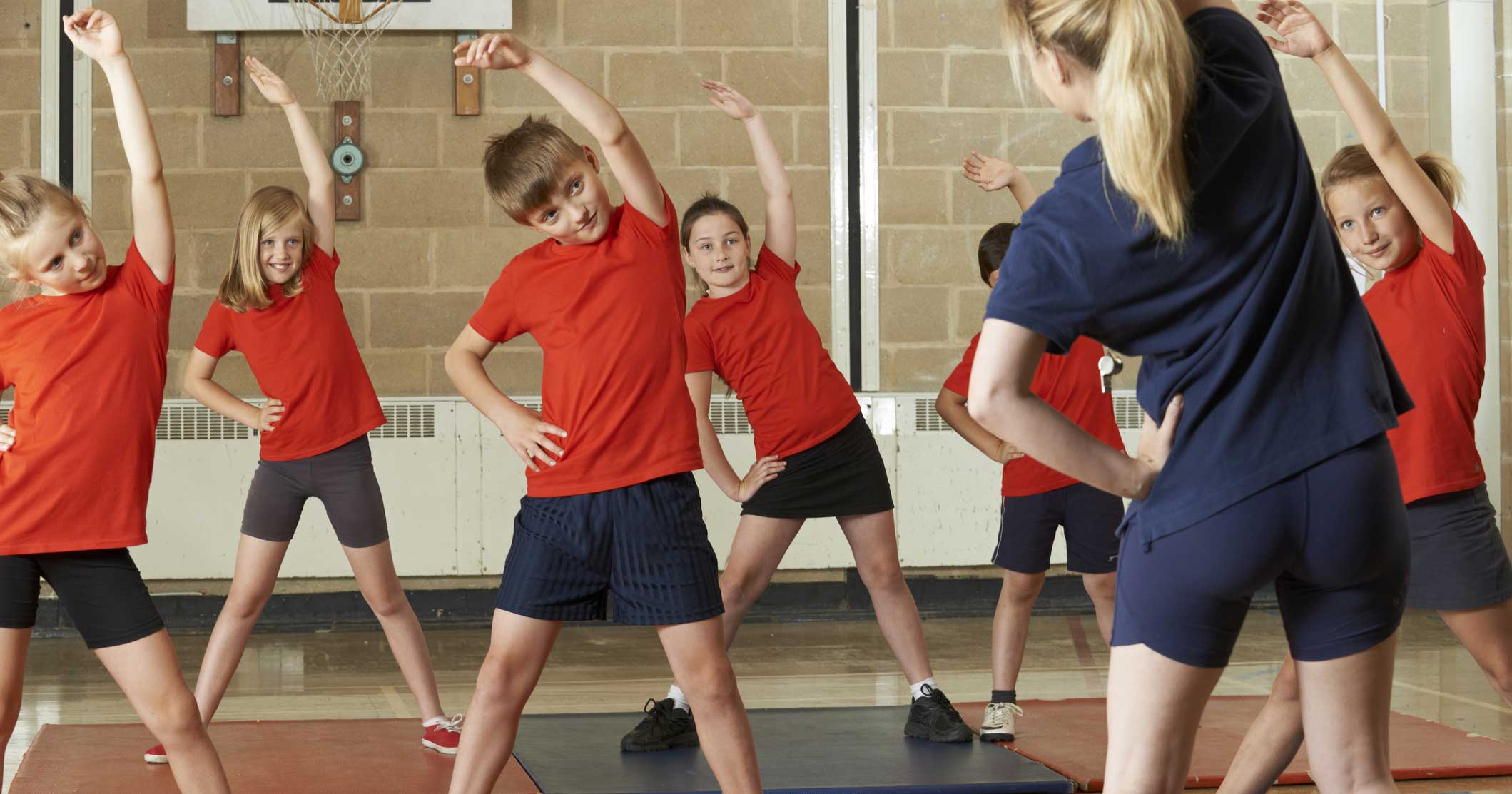Common Symptoms Of A Salter-Harris Fracture
Tender Joints

It can be difficult to ascertain an injury versus exaggeration of symptoms from a child. Children are able to fake certain ailments, but while children may exaggerate their symptoms of tender joints, they rarely make it up from scratch. Unlike adults, children don't routinely experience muscle or joint pain. Therefore, they don't think to create this injury out of nothing. More likely, a child will exaggerate an injury, making it seem worse than it actually is. Tender joints are a very nonspecific sign of a Salter-Harris fracture. This means this symptom may be caused by other injuries as well. A Salter-Harris fracture may only be adequately assessed by radiographic imaging such as x-ray, MRI or CT scan. Upon imaging, a growth plate fracture is classified. Most commonly, a scale of five distinct types of Salter-Harris fractures exist. This classification system helps guide treatment and severity of the fracture.
Reduced Range Of Motion

Five Salter-Harris fracture classes exist to better define and provide recommendations for treatment guidelines. As a general guideline, a type 5 Salter-Harris fracture is the most severe fracture, and type 1 is the least severe, tending to only occur in very young children. Type 1 has a very good prognosis for proper healing. Type 5 is typically the result of a crushing injury to the epiphyseal plate, with the greatest potential inhibition of future growth. Each of the five Salter-Harris fractures has an impact on the closest joint, with some extending into the joint itself. Extending into the joint can disrupt joint cartilage and increase pain. As a result, a reduced range of motion around the affected joint is a commonly reported symptom. Injuries trigger the body's flight or flight response. This generates swelling and pain thus limiting mobility. Children quickly respond to this by protecting the joint and limiting their movements.
